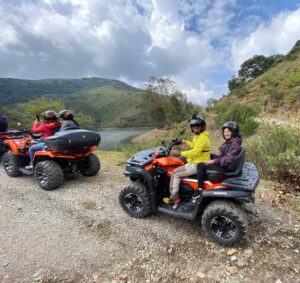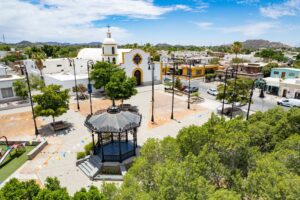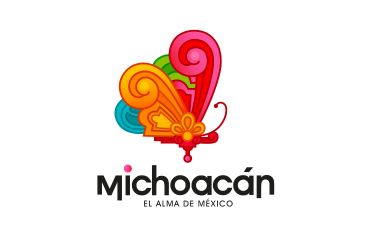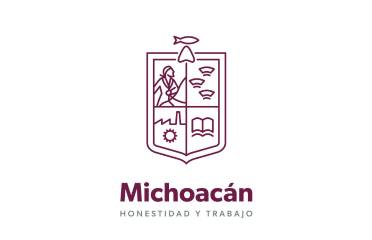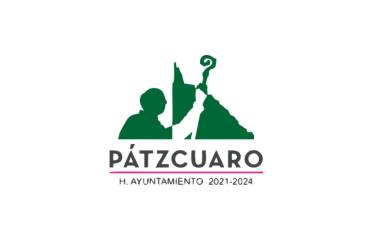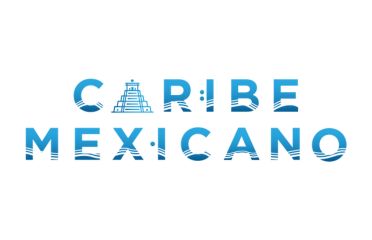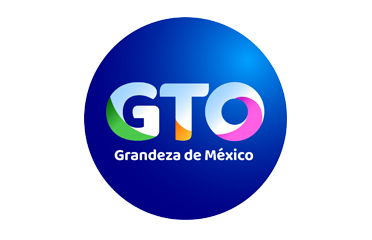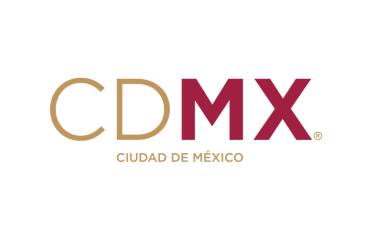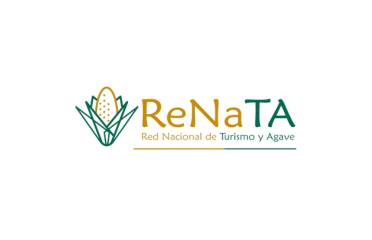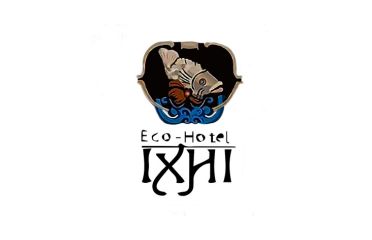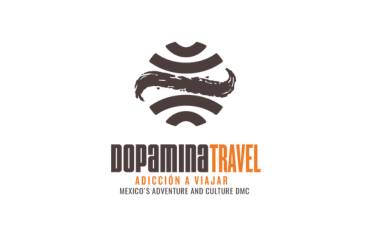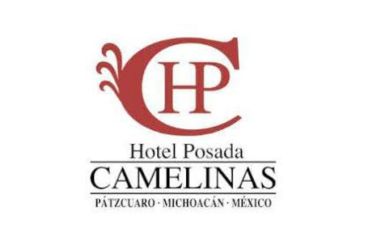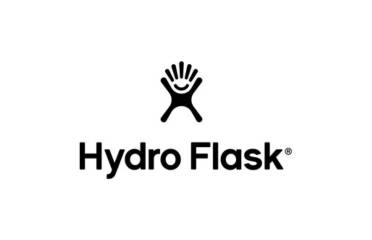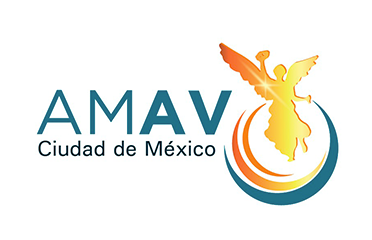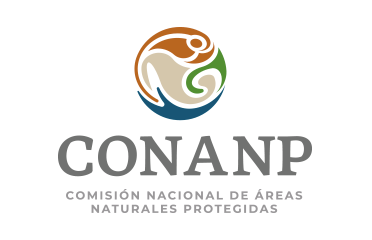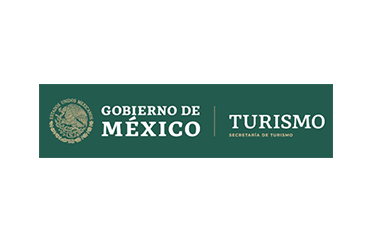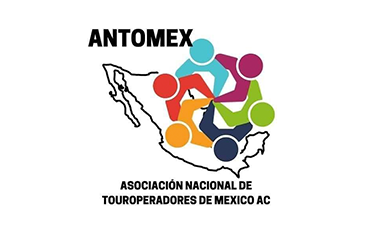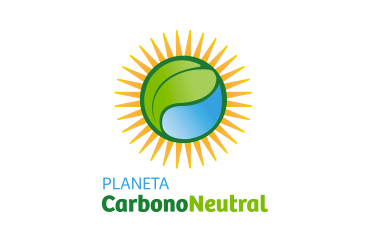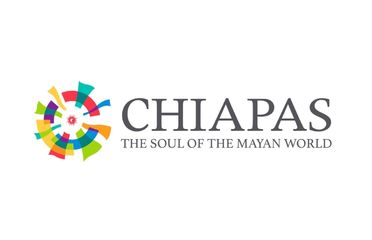Yucatán, unlike the rest of Mexico, is a plateau with no elevations or depressions, that has been above and below the ocean along the different geological eras. A million years ago, it was below water when a meteorite fell, causing the Chicxulub impact.

Ilustración 1 Al momento del impacto, la península estaba bajo el agua. ® J Artz.
The exploration of the coastal karstic reefs of Quintana Roo provides us with a clear window to the geological, paleontological, and anthropological past of our planet. The caves that scuba divers have reached host many mysteries, such as the oldest and most complete human skeleton ever recovered in the whole continent, that of 13,000 old Naia; but that is another story.
The Chicxulub crater as it is known, is not visible at plain sight; it cannot be seen from space either and it was discovered by mere chance, when in 1978 explorations were conducted to identify potential oil fields and a gravity map of the area what produced. This map showed a peculiar half circle that one of the geophysics linked to a meteorite impact; but since they were conducting an exploration to map valuable resources their findings were not disclosed to other researchers. In 1958, also as part of the explorations, core from 1300 of depth was extracted and it showed a peculiar layer, that back then was attributed to a lava dome, nonexistent in the area. 20 years later, the geophysic tried to access the core samples but his request was denied, and it wasn’t until 1990 when the core samples, stored in New Orleans by then, were studied. But that also, is a whole other story. The layer shown in the core sample is what is now known as the KT Limit.

Ilustración 2 Anomalías gravitacionales del causadas por el impacto de Chicxulub ® USGS
This clay layer, saturated in iridium is visible in different places in the planet, such as the Mediterranean or the Midwest plains. Its width varies from one centimeter to several inches; but in Haiti it is several feet wide. Many years of research, and with input from many researchers and even press reporters, the conclusion of a meteorite hit near the Caribbean Sea was reached. But the exact location remained unknown because there are not any visible craters in the area. It took a father-son research team to get things started when they suggested the hypothetical meteorite hit was the cause of the massive extinction that wiped out the dinosaurs from Earth, since the geological age of the KT limit and the extinction event coincided. This theory gained press coverage and finally the geophysics from the gravitational map came forward and both the map and the core samples were made available to peers. More mapping and important core extraction have continued in the area, and the understanding on what happened, how and why has broadened constantly.
This very much unconventional crater is imperceptible. One of its halves is underwater, below many miles of sediment. The other half is barely outlined by a ring of sinkholes; since the Yucatán back then was underwater and the meteorite really did not hit ground.
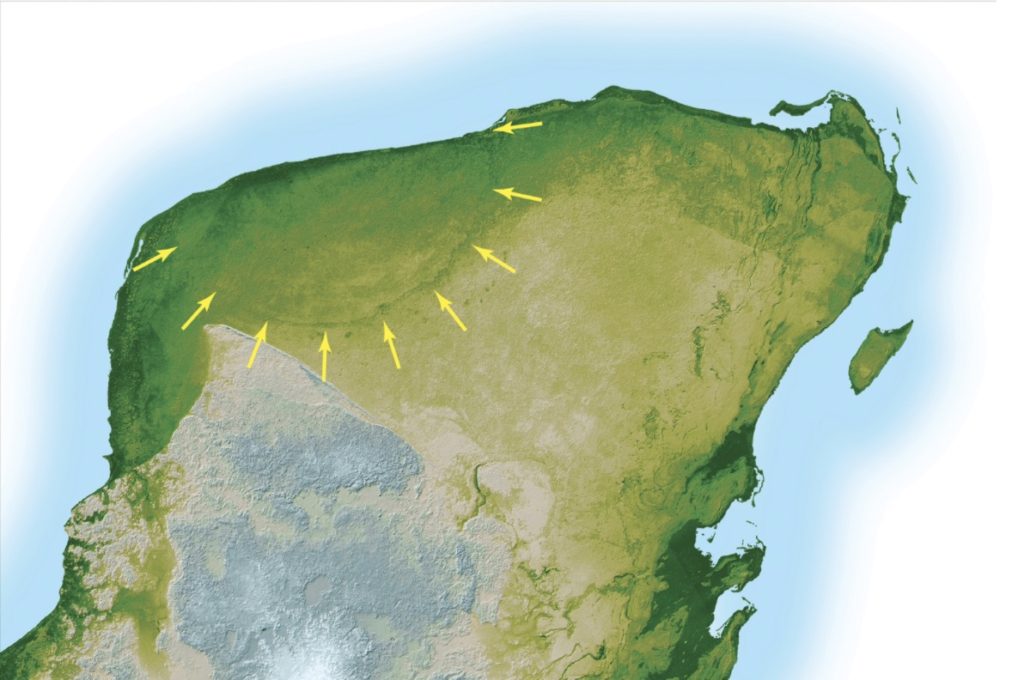
Ilustración 3 Impacto de Chicxulub. ® Enciclopedia Británica.
By the time of impact, the Yucatan plateau was covered by a shallow sea. The meteorite did not fully hit ground but neither hit directly into the ocean, where its impact could have been absorbed and the mass extinction would not have been as devastating.
The impact generated huge amounts of sulfur and gypsum, that along with the smoke from the fires that ensued, the volcanic eruptions that were triggered saturated the atmosphere globally. This darkness took years to dissipate, altering photosynthesis and binging down the planet’s temperature by blocking sunlight. Dinosaurs, that roamed Earth for 160 million years could not endure the lack of food, of heat, and perished massively in the aftermath of the impact. Nearly 75-80% of living species both terrestrial and marine were extinguished.

Ilustración 3 Impacto, post impacto y recuperación de Chicxulub. Victor Leshyk , D. Kring, ® LPI.
The impact also created a series of radial waves and tsunamis that towered over 150 meters above ground, penetrating for more than a hundred kilometers from the shores, and that deposited submarine debris everywhere from Southern Chiapas to Alabama and Texas. When the waves receded, they dragged tons of debris back into the Gulf of Mexico. Its strength must have been that of a magnitude 10 earthquake releasing the energy equivalent to a billion megatons of TNT.
The layer of sediment that came to be known to as KT limit is now referred to as the K-Pg boundary, as it stands for both the Cretaceous-Tertiary boundary, or more specifically as the Cretaceous-Paleogene and it marks the transition between the Mesozoic and Cenozoic eras, approximately 66 million years ago. It is compounded of a layer of highly concentrated Iridium, covered by microtektites, that are formed by explosions that release huge amounts of energy, and topped by a layer of clay, accumulating the pulverized crust from the impact that floated for years in the atmosphere and contributed to the mass extinction worldwide.
Although the Chicxulub impact marked the end of the dinosaur era; this permitted the era of the mammals to begin; and the rainforest also appeared after the impact. Nowadays, besides the thin dark line that can be spotted in the most random places on Earth’s exposed crust, the only other vestige of the impact is what is now known as the Ring of Cenotes, that outline the area where the meteorite almost hits the ground, if only it would not have been submerged back then.
The Yucatan peninsula is a very valuable place for both humankind and the planet; and exploring it is a true blessing. With a Caribbean shore and a shore that keeps alive leyends from the maritime past of Mexico where you can find accommodation that fits any budget; straight and well paved roads that connect the resort towns, historic cities, and countryside villages with the magnanimous Maya vestiges, one of which is considered a Wonder of the World; and it is also dotted by magical sinkholes, or cenotes are they are locally known, that surpass one another in beauty and mysticism. Its ages long filtered water that fill them is as crystal clear as air and floating in them resembles more floating in the outer space than in anywhere on this world. You can visit many of them and still will find them so unique and different from one another.
Although the Chicxulub impact is closely related to the cenotes, it is a misconception that the impact caused them; however, it contributed to its location along the Ring of Cenotes. When the meteorite hit, rock was melted by the impact, and water, that usually runs underground could not traverse the crater and accumulated around it, eroding its diameter. Thus, so many sinkholes are present around the crater, but not as many on the site of the impact.
Next time you visit Yucatan, remember that it is a place where the world ends, sometimes; and since you only live once, enjoy your life, and your travels to the most.
Referencias:
Carvalho et al (2021) Extinction at the end-cretaceous and the origin of modern neotropical rainforests. Science 02 Apr 2021: Vol. 372, Issue 6537, pp. 63-68 DOI: 10.1126/science.abf1969
Goderis et al (2021) Globally distributed iridium layer preserved within the Chicxulub impact structure. Science Advances 24 Feb 2021: Vol. 7, no. 9, eabe3647 DOI: 10.1126/sciadv.abe3647
Grajales-Nishimura, J. et al (2009) The Cretaceous–Paleogene Boundary Chicxulub Impact. Its Effect on Carbonate Sedimentation on the Western Margin of the Yucatan Platform and Nearby Areas December 2008. AAPG Memoir. DOI: 10.1306/13191090M902954
Kring, D. et al (2020) Chicxulub impact event. Space Imagery Center’s Impact Cratering Series. Lunar and Planetary Institute. University of Arizona. https://www.lpi.usra.edu/science/kring/Chicxulub/discovery/
Meléndez, A. y Molina, E. (2008). El límite Cretácico-Terciario (K/T). In: A. García-Cortés et al. eds. Contextos geológicos españoles. Publicaciones del Instituto Geológico y Minero de España. 107-113 http://wzar.unizar.es/perso/emolina/pdf/MelendezMolina2008Capitulo9IGME.pdf
Ponsford, M. (2018) Los misterios del cráter Chicxulub, el sitio en México donde los científicos creen que comenzó el fin de los dinosaurios. BBC Travel.14 noviembre 2018. https://www.bbc.com/mundo/vert-tra-46194749
Tedesco, E. F. (2020, February 11). Earth impact hazard. Encyclopedia Britannica. https://www.britannica.com/science/Earth-impact-hazard

